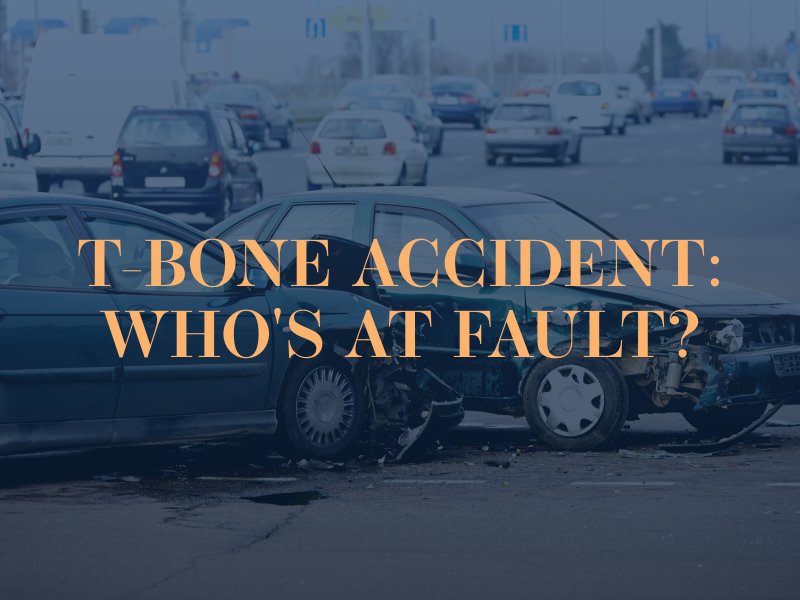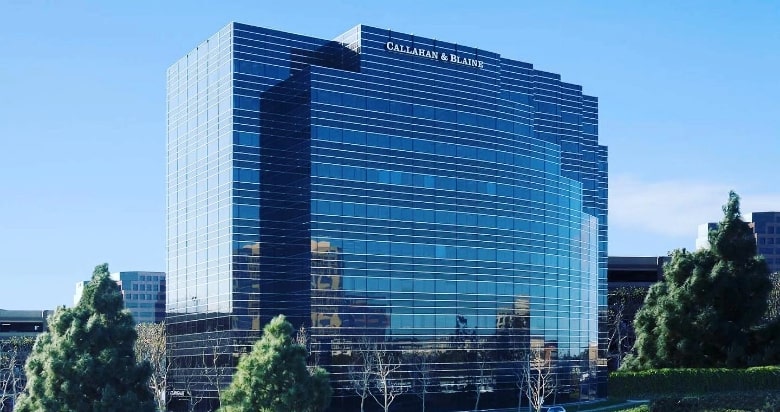While any car accident can be a scary experience and cause potential injuries for drivers and passengers, T-bone accidents are among the most dangerous that can occur on the roadways. T-bone accidents are those in which the front of one car slams into the side of another car, forming the “T” in the T-bone collision. You may also hear these accidents referred to as broadside collisions or side-impact collisions.
Determining fault in the aftermath of a T-bone collision can be difficult, and liability will depend on the circumstances of the particular incident. According to data available from National Highway Traffic Safety Administration (NHTSA), there are more than 10,000 fatalities caused by T-bone collisions each year in the United States.

Either Driver Can Be at Fault in a T-Bone Collision
T-bone collisions typically occur when one driver fails to yield the right of way to another driver. For example, if a driver ignores a red light and goes through an intersection where other drivers will be passing perpendicular to their position, that driver could T-bone another vehicle or find themselves T-boned by oncoming traffic.
If a driver fails to yield the right of way and T-bones another vehicle, or is T-boned by another vehicle, they will be at fault for the incident.
It could be the case that more than one driver is at fault for a T-bone collision. Suppose two drivers are approaching stop signs as opposed to a traffic light. Imagine that Driver A fails to stop at a stop sign and T-bones Driver B, who stopped and then proceeded. However, Driver B proceeded after their stop without looking because they were text messaging. Had Driver B been paying attention to their surroundings, they would have noticed that Driver A ignored the stop sign. In this case, both drivers could share liability for the incident.
Comparative Negligence in California
California is considered a pure comparative negligence state. This means that even drivers who share fault in an accident can recover compensation for their losses. However, the total amount of compensation a driver receives will be reduced based on their percentage of fault for the incident. For example, if a driver in a T-bone collision is awarded $100,000 in compensation for their losses, but they are found to be 30% at fault for the incident, they would only receive $70,000 in total compensation.
Common T-Bone Collision Injuries
While T-bone collisions are not uncommon, they tend to be more devastating than crashes that impact the front or rear of a vehicle. When a vehicle hits the back or front of your car, there are several feet of engine, trunk, metal, and seats protecting you from the impact. However, in a T-bone collision, there is only a door in a window between you and the other vehicle. This can lead to severe injuries, and it is not uncommon for the following to occur in a T-bone crash:
- broken and dislocated bones
- traumatic brain injury
- spinal cord injury
- open headwound
- deep bruising
- internal organ damage
- internal bleeding
- lacerations
Each of these injuries will require immediate medical care, and victims may face long recovery times. This can lead to an impact on their personal and work lives, cause immense pain and suffering, lead to costly medical bills and lost income. If you or a loved one was injured in a T-bone collision, speak with a knowledgeable Irvine car accident lawyer to learn about your available legal options.

